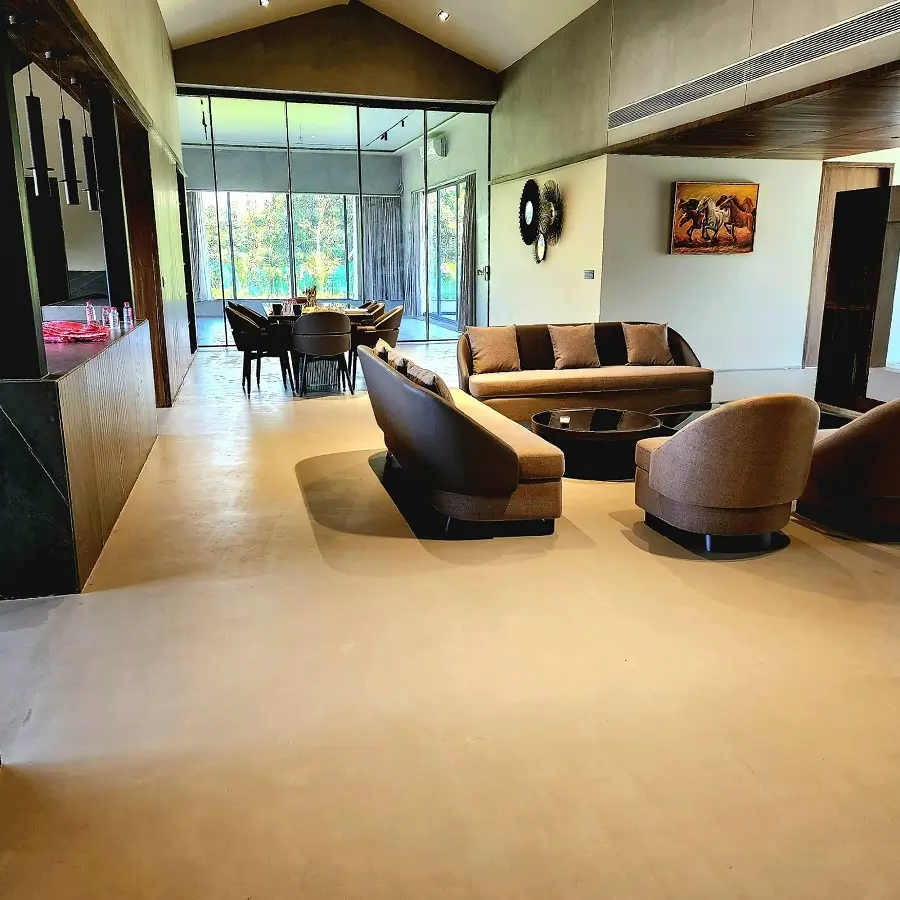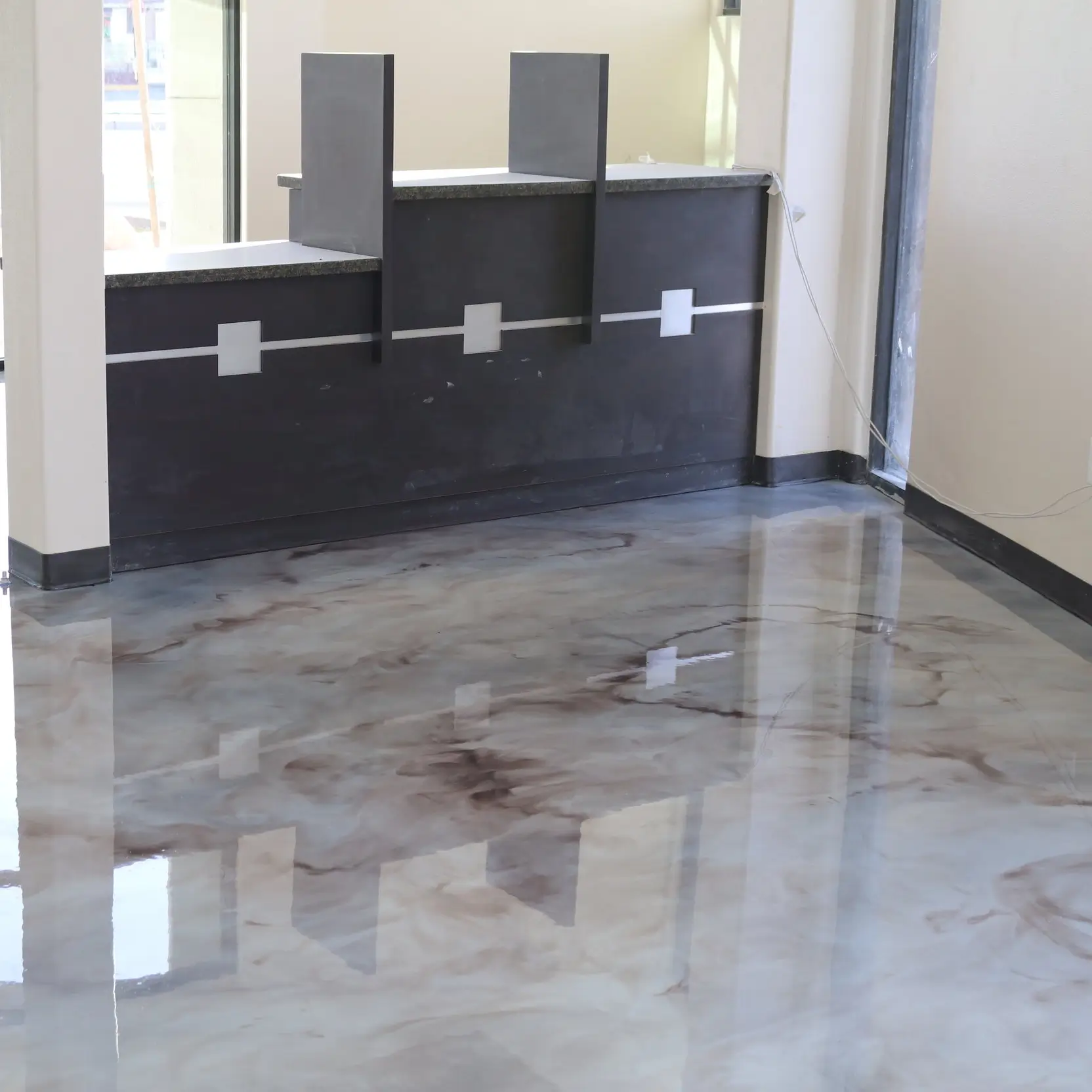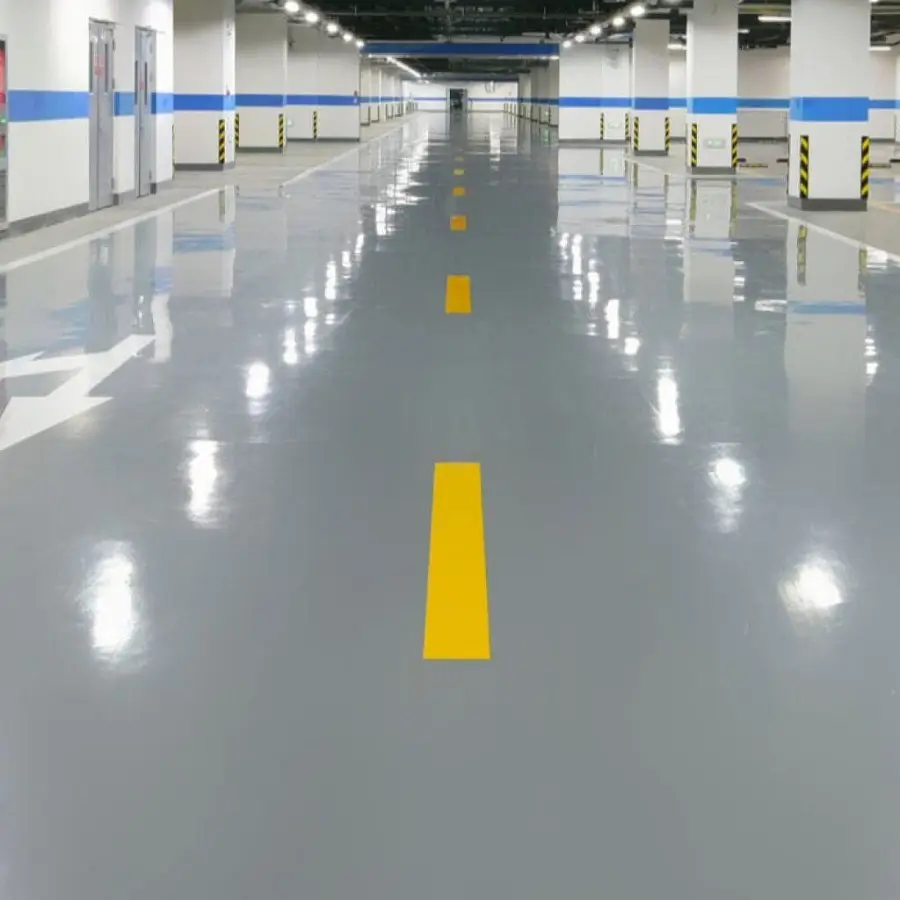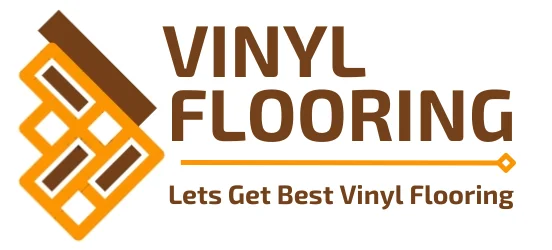Home / Raised Flooring
Best Raised Flooring Supplier in Dubai and Abu Dhabi
Looking for the best Raised Flooring supplier in Dubai and Abu Dhabi? We offer top-quality raised floor tiles, raised access flooring, and more, designed to provide an effective, durable, and flexible solution for various commercial and residential needs. Our raised flooring abu dhabi for wet basements and false floor tiles are engineered to withstand demanding conditions while offering superior performance and aesthetics. Whether you need raised computer floor tiles for your office or a robust system for a high-traffic area, our solutions provide both functionality and style. Ready to buy or purchase Raised Flooring Dubai and Abu Dhabi? Our products are available at competitive prices, giving you great value for your investment.
As a leading Raised Flooring wholesaler in Dubai and Abu Dhabi, we offer a comprehensive range of raised access flooring, raised computer floor tiles, and other raised flooring dubai solutions designed for both residential and commercial spaces. We ensure the highest quality and durability at the best prices. Check our wholesale price offers and take advantage of exclusive discounts on bulk orders. Call now at 0566-00-9626 to learn more about our products and secure the best deals for Raised Flooring Abu Dhabi in the UAE.
Looking for the best Raised Flooring shop/store in dubai and abu dhabi residential and commercial projects?
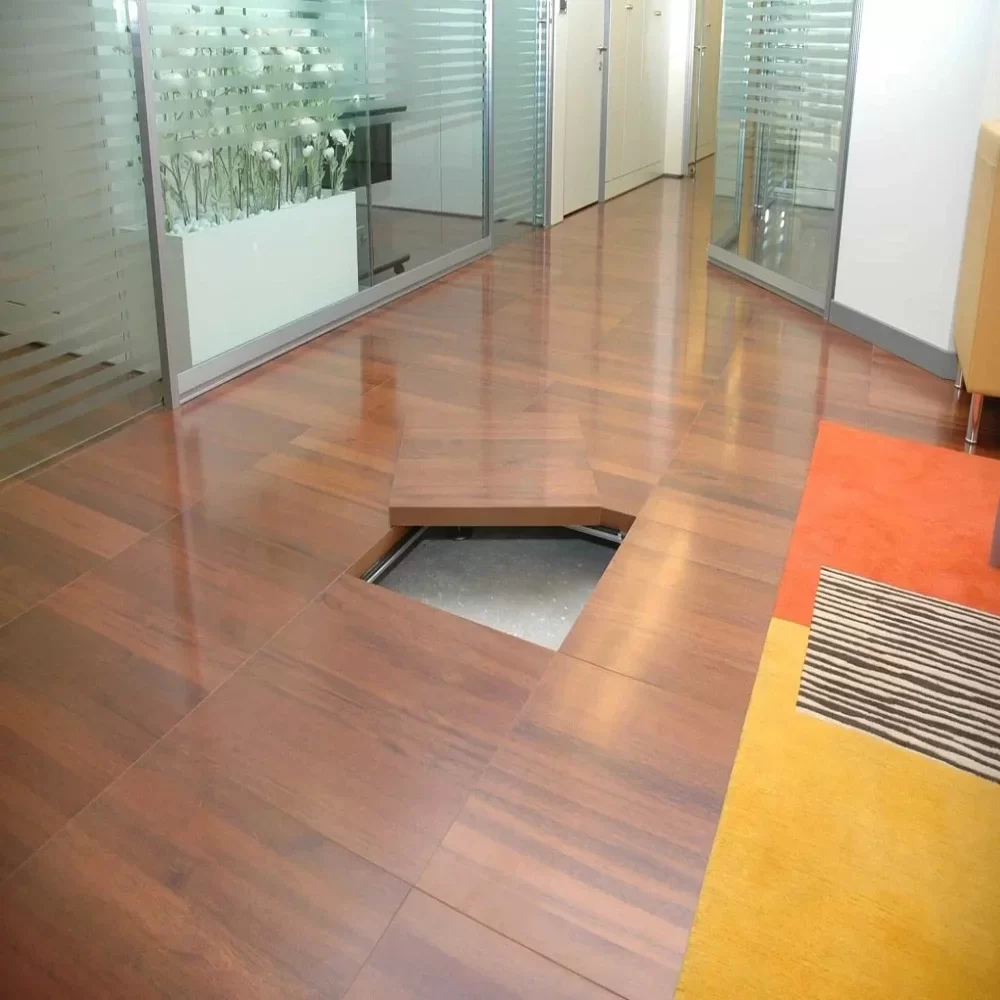
If you’re looking for the best Raised Flooring shop or store in Dubai and Abu Dhabi for your residential and commercial projects, you’ve come to the right place! Our branches in both Dubai and Abu Dhabi offer an extensive range of raised floor tiles, raised access flooring, and raised computer floor tiles, perfect for any space. Whether you’re outfitting an office with false floor tiles or installing raised flooring dubai for wet basements, our expert team is ready to guide you through selecting the right products for your needs. With a focus on quality, reliability, and customer satisfaction, we ensure you get the best Raised Flooring Abu Dhabi solutions at competitive prices. Visit our stores in Dubai and Abu Dhabi today and experience top-notch service and the best selection for your project!
Key Features of Our Premium Raised Flooring Solutions
- Antibacterial: Our Raised Flooring solutions are treated with antibacterial coatings, ensuring a cleaner and healthier environment by preventing the growth of harmful bacteria and microbes.
- Fire Rated/Fire Coated/Antifire: Designed for safety, our fire-rated raised access flooring options are fire coated and antifire, offering reliable protection in case of emergencies and enhancing fire safety in commercial and residential spaces.
- Eco Friendly: Our eco-friendly raised flooring products are made from sustainable materials, minimizing environmental impact while maintaining high-performance standards for your space.
- Waterproof Materials: Perfect for areas exposed to moisture, our raised flooring for wet basements is constructed from waterproof materials, offering protection against water damage and ensuring long-lasting durability.
- Anti Slip/Anti Skid: Enhance safety with anti-slip and anti-skid raised floor tiles, providing secure footing in high-traffic areas and reducing the risk of slips and falls.
- Free Interior Design Service: We offer free interior design services to help you select the best raised flooring solution for your project, ensuring a perfect blend of functionality and style.
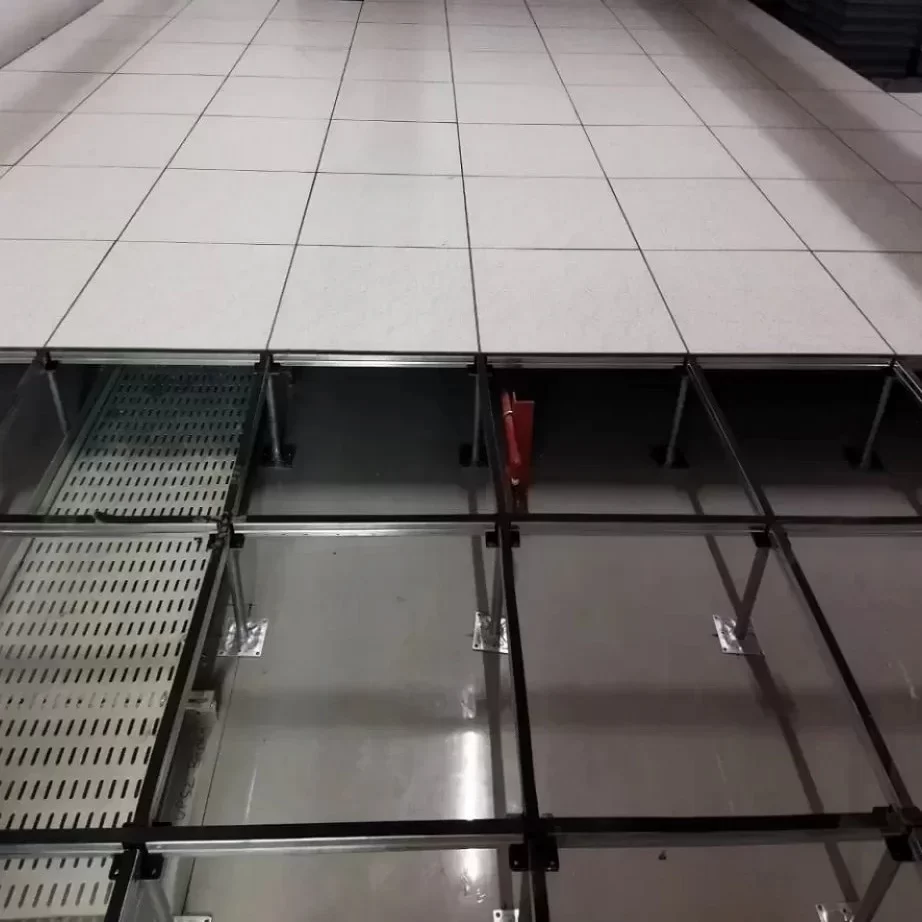
Get Up to 50% Discount on Raised Flooring Solutions!
Wholesale Orders – Save Up to 50%
For wholesale orders over 1000 square meters, enjoy an incredible discount of up to 50% on our top-quality raised flooring dubai products! Whether you’re outfitting a large commercial space, office, or residential project, this is the perfect opportunity to buy the best raised flooring abu dhabi at unbeatable prices. Take advantage of our sale offers and get high-performance raised access flooring, raised computer floor tiles, and more, while saving big. Don’t miss out on this exclusive discount—the larger the order, the bigger the savings!
Retail Orders – Get Up to 30% Off
For our retail customers, we are offering an amazing 30% discount on all raised flooring dubai solutions, including raised floor tiles, false floor tiles, and raised flooring for wet basements. Whether you’re upgrading your home, office, or commercial space, now is the time to purchase premium raised flooring abu dhabi at a fraction of the price. With sale offers this great, you’ll get the best products at exceptional value. Hurry, grab these limited-time discounts before they’re gone!
Types of Raised Flooring We Provide
- Raised Access Flooring: Ideal for commercial and office spaces, our raised access flooring allows easy routing of cables, wires, and HVAC systems while providing a clean and organized environment.
- Raised Computer Floor Tiles: Specifically designed for data centers, our raised computer floor tiles support heavy equipment while offering excellent airflow and cooling, ensuring optimal performance.
- False Floor Tiles: Our durable false floor tiles are perfect for both commercial and industrial applications, providing easy access to hidden utilities and offering a smooth, aesthetically pleasing finish.
- Raised Flooring for Wet Basements: Built with moisture-resistant materials, our raised flooring dubai for wet basements is designed to protect against water damage, providing a dry and secure space.
- Anti-Slip Raised Floor Tiles: Enhance safety in high-traffic areas with our anti-slip raised floor tiles, offering improved traction and minimizing the risk of slips and falls in any setting.
- Modular Raised Flooring: Our flexible modular raised flooring abu dhabi system is easy to install and rearrange, offering versatile solutions for changing needs in office spaces, server rooms, and more.
Benefits of Our Premium Raised Flooring Solutions
- Improved Space Utilization: Raised Flooring maximizes space efficiency by providing a hidden compartment for cables, wires, and HVAC systems, making the area look neat and organized.
- Easy Access for Maintenance: With raised access flooring, maintenance becomes simpler as you can quickly access and manage electrical and networking cables, making repairs and upgrades hassle-free.
- Enhanced Airflow & Cooling: Our raised computer floor tiles support optimal airflow, ensuring efficient cooling of sensitive equipment and preventing overheating, particularly in server rooms and data centers.
- Increased Safety: Anti-slip raised floor tiles significantly reduce the risk of slips and falls, enhancing safety in high-traffic areas like offices, commercial buildings, and public spaces.
- Water Resistance: Our raised flooring for wet basements is constructed with moisture-resistant materials, safeguarding against water damage and ensuring the longevity and reliability of your flooring solution.
- Customization & Flexibility: With modular raised flooring, we provide customizable solutions that can easily be adapted and rearranged to meet evolving needs in office spaces and commercial projects.
- Durability & Longevity: Designed for high performance, our false floor tiles are built to last, offering long-term durability to withstand heavy traffic, equipment, and wear in demanding environments.
Applications of Our Premium Raised Flooring Solutions
- Commercial Office Spaces: Raised access flooring provides organized cable management and improved air circulation, creating efficient, flexible workspaces in modern office environments.
- Data Centers & Server Rooms: Our raised computer floor tiles are perfect for data centers, offering superior airflow, cooling, and easy access to wiring and cables for optimal system performance.
- Educational Institutions: Ideal for classrooms and auditoriums, our raised flooring solutions ensure smooth cable management, better space utilization, and improved aesthetics in educational environments.
- Retail & Shopping Malls: False floor tiles provide a neat and efficient solution for retail spaces, allowing hidden wiring while enhancing the visual appeal and functionality of shopping environments.
- Wet Basements & Storage Areas: Raised flooring for wet basements ensures protection against water damage and creates a dry, safe, and organized storage environment, ideal for both residential and commercial use.
- Healthcare & Laboratories: Our raised access flooring is perfect for hospitals and laboratories, providing a clean, organized, and easily maintainable environment while supporting critical equipment and systems.
- Industrial & Manufacturing Facilities: Raised flooring is ideal for industrial spaces, offering easy access to electrical and plumbing systems while improving the functionality and safety of large-scale operations.
Your Trusted Raised Flooring Supplier Across All Emirates of UAE,
We are the leading Raised Flooring supplier serving all the Emirates of the UAE, including Dubai, Abu Dhabi, Sharjah, Ajman, Fujairah, Ras Al Khaimah, Umm Al Quwain, and Al Ain (Abu Dhabi). Whether you are working on a commercial, residential, or industrial project, our raised access flooring, raised computer floor tiles, and false floor tiles offer the best solutions to enhance your space’s functionality and aesthetics. Our expert team provides tailored solutions for wet basements, server rooms, data centers, and more. We are committed to providing top-quality products with outstanding customer service across the UAE, ensuring that every project is completed on time and to the highest standards.
Why Choose Us for Raised Flooring?
- Quality Products: We offer only the highest-quality raised flooring solutions, including raised access flooring, raised computer floor tiles, and false floor tiles, designed to last for years.
- Expertise and Experience: With years of industry experience, our team has the expertise to recommend and install the perfect raised flooring solutions for your specific needs, whether residential, commercial, or industrial.
- Customized Solutions: We understand that every project is unique. That’s why we provide tailored raised flooring solutions to match your requirements, including waterproof and anti-slip options for specialized areas like wet basements and high-traffic spaces.
- Competitive Pricing: We offer affordable raised flooring solutions without compromising on quality. With us, you get the best products at the best price in the market.
our Gallery
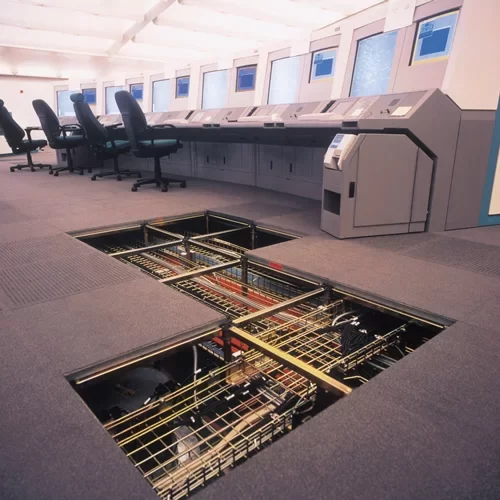
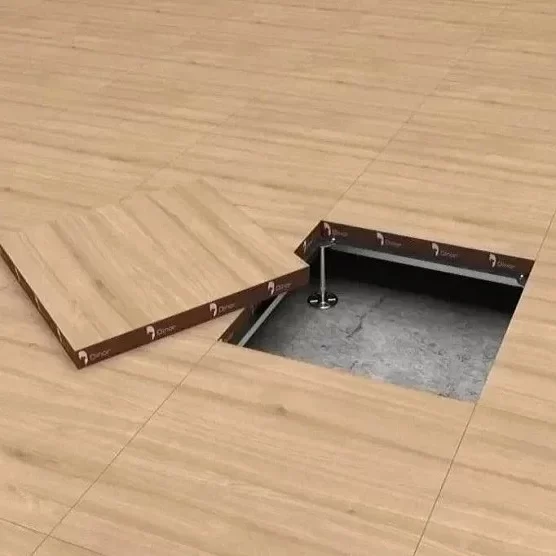
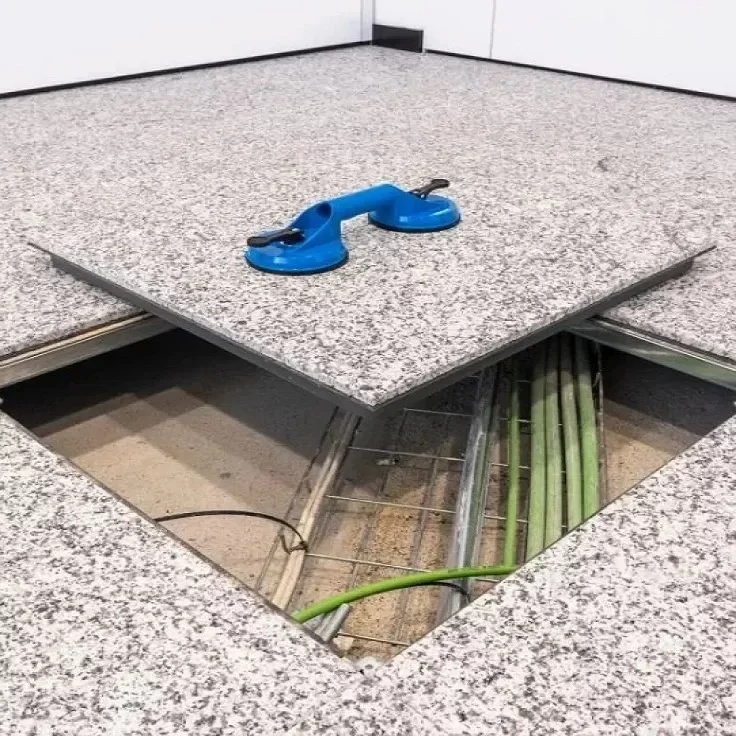
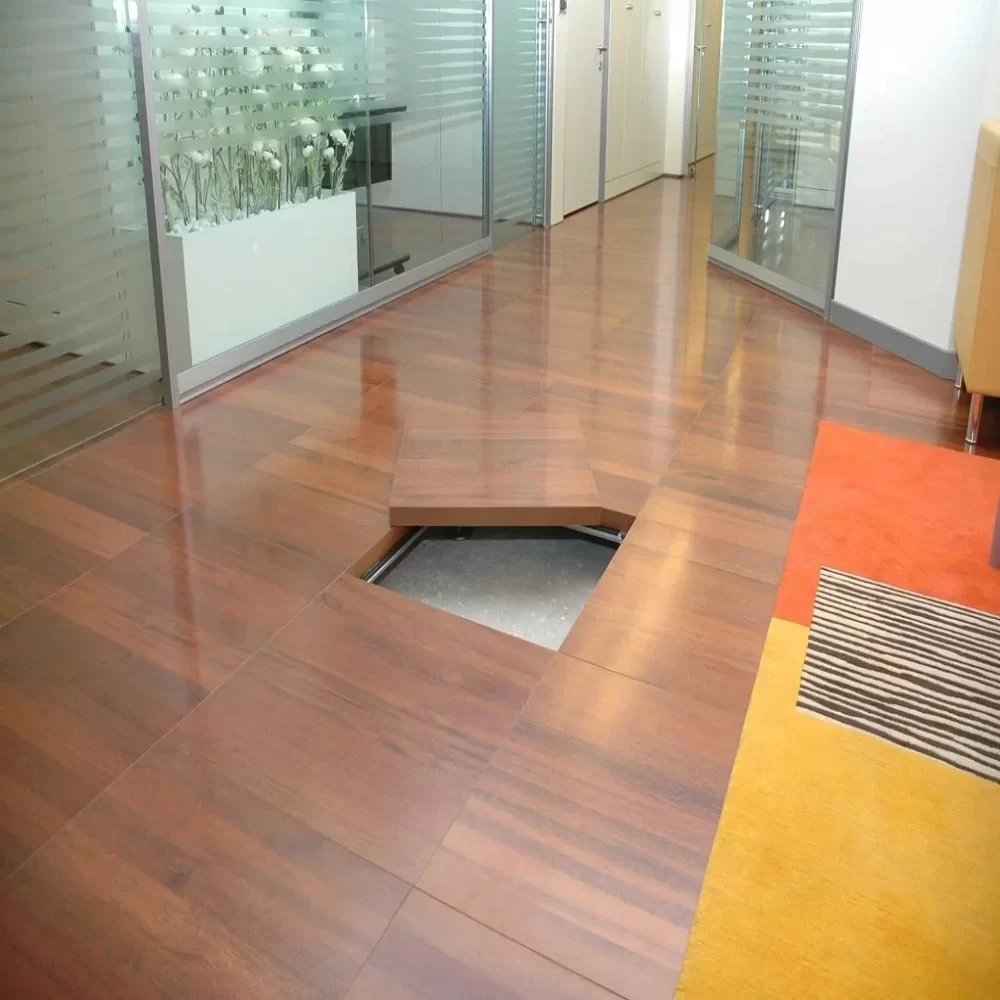
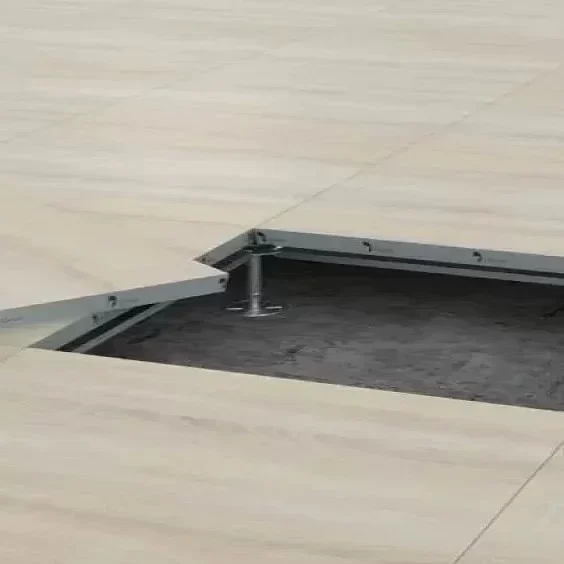

Expert Raised Flooring Installation – Our Installation Team Works 24/7!
We specialize in the professional installation of raised flooring systems across the UAE. Whether you need raised floor tiles, raised access flooring, raised computer floor tiles, or false floor tiles, our expert team is ready to provide efficient, precise, and durable solutions. We understand the importance of quality installation to ensure that your space functions at its best, whether it’s a commercial office, data center, or residential project.
Our experienced installation team works 24/7 to ensure minimal disruption and timely project completion. We also offer specialized solutions, including raised flooring for wet basements, to protect against moisture and water damage. Trust us to deliver the best raised flooring solutions with fast and reliable service, ensuring your space is both functional and aesthetically pleasing.
- Nationwide Coverage: Serving all Emirates, including Dubai, Abu Dhabi, Sharjah, Al Ain, and more, we ensure that our raised flooring solutions are available wherever you need them across the UAE.
- Outstanding Customer Service: From consultation to installation, our dedicated customer support team ensures a smooth, hassle-free experience, making us the top choice for raised flooring in the UAE.
- Fast and Efficient Installation: Our professional installation team ensures that your raised flooring is installed quickly, efficiently, and to the highest standards, so you can enjoy your space sooner.
FAQs About Raised Flooring
A:
Raised flooring is a versatile flooring system elevated above the structural floor, creating a space for routing cables, wires, and other systems. It’s commonly used in commercial buildings, data centers, and offices.
A:
Raised flooring offers several benefits, including easy cable management, enhanced airflow, improved cooling for equipment, better space utilization, and accessibility for maintenance or system upgrades.
A:
Yes, we offer raised flooring for wet basements that is made from moisture-resistant materials, providing durability and protection against water damage while keeping the space dry and functional.
A:
Yes, we supply and install Raised Flooring all across Saudi Arabia, including cities like Riyadh, Jeddah, Mecca, Medina, Khobar, Dammam, Abha, Tabuk, and Buraidah, as well as throughout the Gulf region and the Middle East.
A:
Yes, we supply and install Raised Flooring all across Oman, including cities like Muscat, Salalah, Nizwa, Sohar, Ibri, and Sur, as well as throughout the Gulf region and the Middle East.
A: Yes, we supply and install Raised Flooring all across Qatar, including cities like Doha, Al Rayyan, Al Khor, Al Wakrah, and Al Daayen, as well as throughout the Gulf region and the Middle East.


